Scar revision surgery is performed to improve the condition or appearance of a scar anywhere on your body while maintaining the integrity of the surrounding skin.
Scars are visible signs that remain after a wound has healed. They are the unavoidable results of injury or surgery, and their development can be unpredictable. Poor healing may contribute to scars that are obvious, unsightly or disfiguring. Even a wound on healthy skin can result in a scar that affects your appearance. Scars may be noticeable due to their size, shape or location; they can also be raised or depressed, and may differ in color or texture from the surrounding healthy tissue.
Your scar revision procedure options may vary based on the type of scar, degree of scarring, and location of the scar site. Scar revision options can include:
- Simple topical treatments
- Minimally invasive procedures
- Surgical revision with advanced techniques in wound closure
Although scar revision techniques can provide a more pleasing cosmetic result or improve the appearance of scars that have healed poorly, a deeper scar cannot be completely erased.
Types of Scars
- Discoloration or surface irregularities and other more subtle scars can be cosmetically improved by surgery or other treatments recommended by your plastic surgeon. These types of scars do not impair function or cause physical discomfort and include acne scars as well as scars resulting from minor injury and prior surgical incisions.
- Hypertrophic scars are thick clusters of scar tissue that develop directly at a wound site. They are often raised, red and/or uncomfortable and may become wider over time. They can be hyperpigmented (darker in color) or hypopigmented (lighter in color).
- Keloid scars are larger than hypertropic scar tissue. They can be painful or itchy, and may also pucker. They extend beyond the edges of an original wound or incision. Keloids can occur anywhere on damaged skin, but they develop more commonly where there is little underlying fatty tissue, such as on the face, neck, ears, chest or shoulders.
- Contracturesare scars that restrict movement due to skin and underlying tissue that pull together during healing. They can occur when there is a large amount of tissue loss, such as after a burn. Contractures also can form where a wound crosses a joint, restricting movement of the fingers, elbows, knees or neck.
Dr. Victor Atalla is a licensed and Board Certified Plastic Surgeon specializing in cosmetic, breast and reconstructive surgery. Dr. Atalla sees all of his patients personally prior to surgery. He is available to see patients for follow-up consults to answer questions and discuss surgical details.





